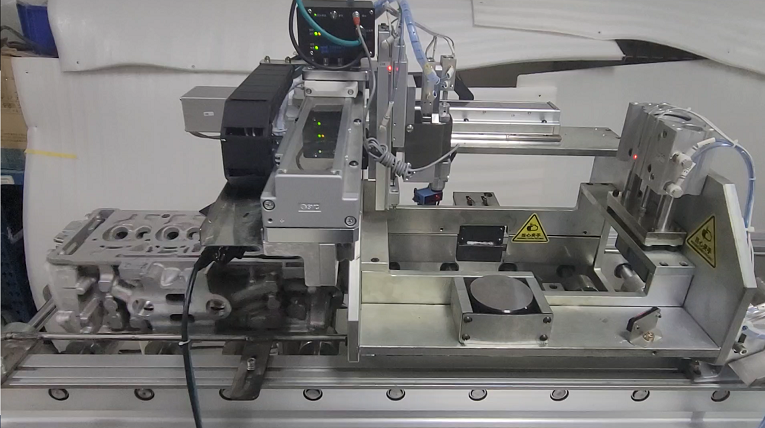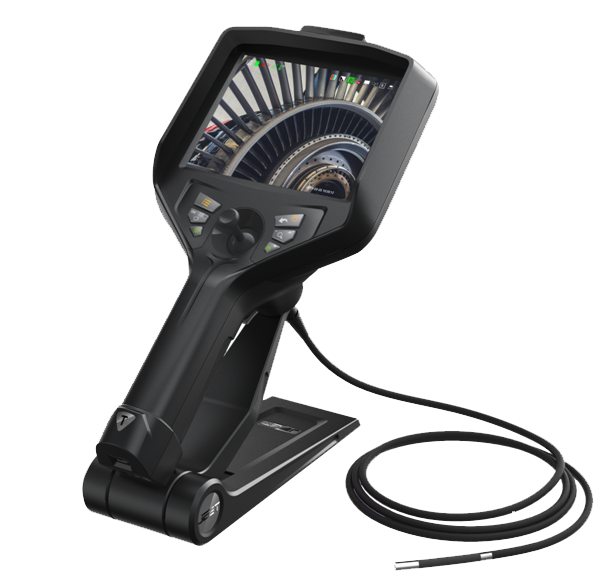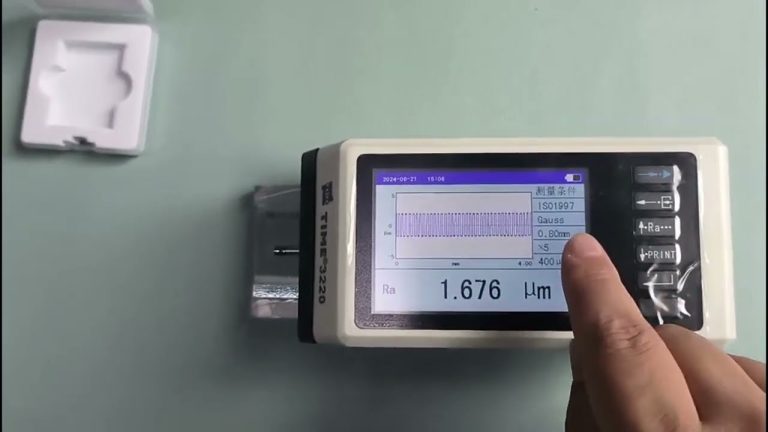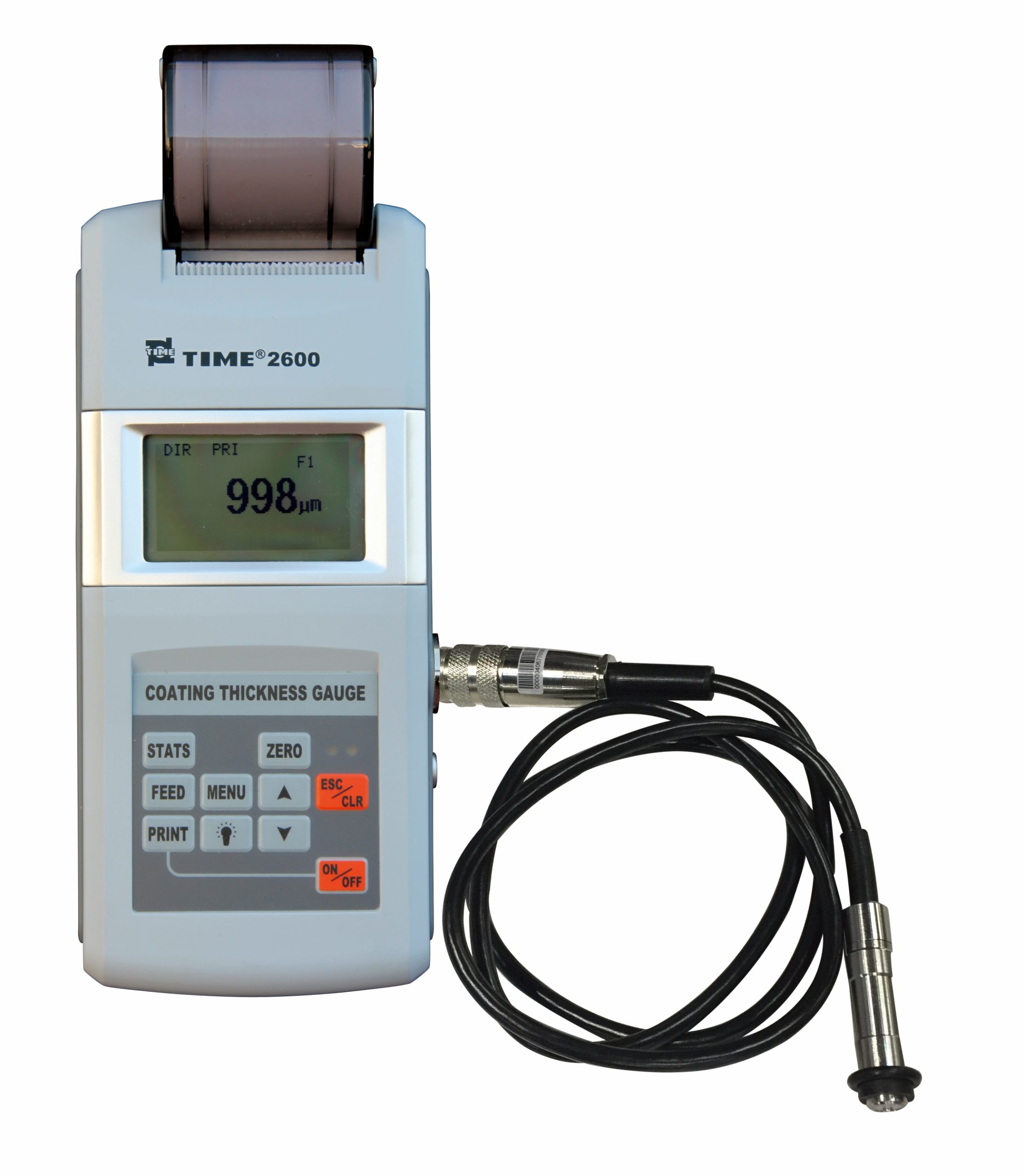For the surface rust, the coupling effect is extremely poor in service equipment, pipelines, etc. can be treated on the surface through sand, grinding, frustration and other methods to reduce roughness. At the same time, the oxide and paint layer can be removed. It can achieve a good coupling effect with the coupling agent.
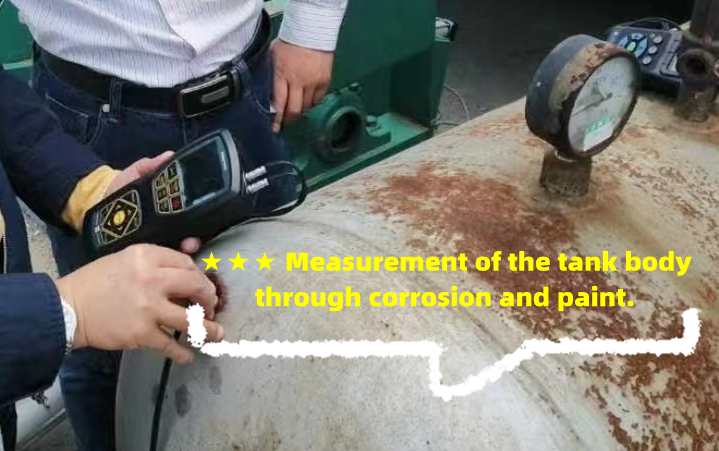
1) The surface of the workpiece is rough and too large, resulting in a poor effect of the probe and contact surface coupling, the reflex of the back wave is low, and even the echo signal cannot be received. For the surface rust, the coupling effect is extremely poor in service equipment, pipelines, etc. can be treated on the surface through sand, grinding, frustration and other methods to reduce roughness. At the same time, the oxide and paint layer can be removed. It can achieve a good coupling effect with the coupling agent.
(2) The curvature radius of the workpiece is too small, especially when the diameter tube is tested. Because the surface of the probe is plane, the surface contact with the curved surface is contact or line contact, and the sound strength transmission rate is low (not good coupled). You can choose a small pipe diameter dedicated probe (<6mm) to measure curved materials such as pipelines more accurately.
(3) The detection surface and the bottom surface are not parallel, and the sound waves are scattered in the bottom surface. The probe cannot receive the bottom wave signal.
(4) Casting and Austeenia are large or large due to uneven tissue or large grains. Ultrasonic occurs in it when passing through it. Essence Optional thick crystal dedicated probes (2.5MHz) with lower frequency.
(5) The probe contact surface has some wear. The surface of the commonly used thick probe is acrylic resin. Long -term use will increase its surface roughness, resulting in a decrease in sensitivity, resulting in incorrect display. You can choose 500#sandpaper to make it smooth and guarantee parallel. If you are still unstable, consider changing the probe.
(6) There are a large amount of corrosion pit on the back of the measured object. The other side of the survey is rust spots and corrosive pit, resulting in sound waves attenuation, leading to changes in the irregular reading, and even no reading in extreme cases.
(7) There are sediments in the measured objects (such as pipelines). When the variety and workpiece sound impedance differences are not large, the display value of the thickness instrument is the thickness of the wall thickness and the thickness of the sediment.
(8) When there are defects (such as mixed, mezzanine, etc.) inside the material, the display value is about 70%of the nominal thickness. Or cmx, etc.) further testing.
(9) The effect of temperature. Generally, the sound speed in the solid material decreases with the increase in its temperature. Test data show that every 100 ° C increases by the thermal material, and the sound speed decreases by 1%. This is often encountered in high temperature at service equipment. High -temperature dedicated probes and high -temperature coupling agents (300-600 ° C) should be selected. Do not use ordinary probes.
(10) Overlapping materials, composite (non -homogeneous) materials. It is impossible to measure the unsolved layer material. It is not possible to spread uniformly in the composite (non -homogeneous) material because the ultrasonic cannot penetrate the unprepared space. For the equipment (like urea high -pressure equipment) made of multi -layer materials, special attention should be paid to the thickness of the material that is in contact with the probe when measuring the thickness.
(11) The influence of the coupling agent. The coupling agent is used to eliminate the air between the probe and the measured object, so that the ultrasonic wave can effectively penetrate the workpiece to achieve the test purpose. If the type of selection or the method is improper, the error or coupling logo will flash and cannot be measured. Because the appropriate type is selected according to the usage, when used on the surface of a smooth material, a low viscosity coupling agent can be used; when it is used on the rough surface, vertical surface, and top surfaces, the couplet with high viscosity should be used. High -temperature workpieces should be used for high -temperature coupling agents. Secondly, the coupling agent should be used appropriately and the application is evenly applied. Generally, the coupling agent should be applied to the surface of the measured material, but when the measurement temperature is high, the coupling agent should be applied to the probe.
(12) Error selection error. Before measuring workpieces, preset its sound speed according to the type of materials or the speed of sound according to the standard block. When a material correction instrument is used to measure (commonly used test block as steel) to measure another material, the error result will occur. It is required to identify the materials correctly before the measurement, and choose the right sound speed.
(13) The effect of stress. Most of the stress in service equipment and pipelines, and the stress conditions of solid materials have a certain impact on the speed of sound speed. When the stress direction is consistent with the direction of communication, if the stress is stress, the stress will increase the elasticity of the workpiece and accelerate the speed of sound; If the stress is stress, the sound speed slows down. When the direction of stress and waves is different, the vibration trajectory of the mass point in the fluctuation process is disturbed by stress, and the direction of wave transmission is deviated. According to data, the general stress increases and the speed of sound is slowly increased.
(14) The impact of the oxide or paint cover layer of the metal surface. The dense oxide or paint -proof layer produced on the metal surface is closely bonded with the matrix material and an unknown interface, but the speed of the sound speed in the two substances is different, resulting in errors. Also different.


